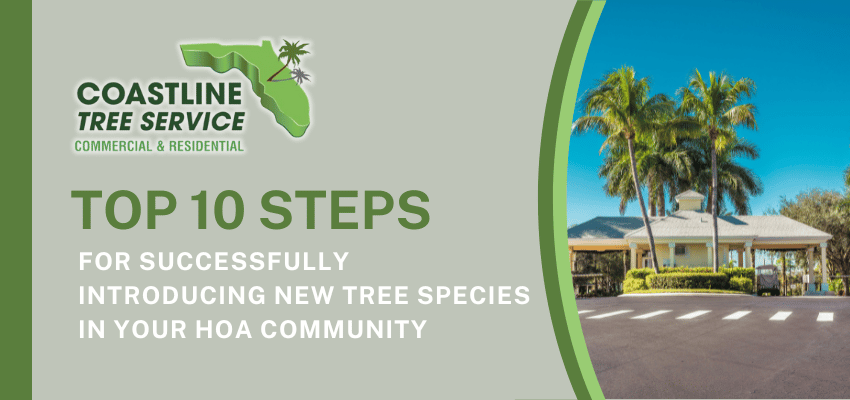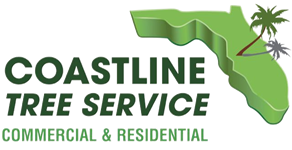
Top 10 Steps for Successfully Introducing New Tree Species in Your HOA Community
Introducing new trees into a Homeowners Association (HOA) community is a significant endeavor that requires meticulous planning and execution. While the idea of enhancing the community’s aesthetic appeal and ecological diversity is appealing, it’s crucial to approach tree planting with extreme care. Without proper consideration, the process can lead to substantial financial burdens, structural damage, and ecological imbalances.
Improper planting can result in unforeseen expenses for the HOA. Costs can skyrocket if trees are not selected or sited correctly, leading to issues such as root invasion damaging sidewalks, underground utilities, or building foundations. Additionally, introducing the wrong tree species might spark pest infestations or disease outbreaks that can spread to existing vegetation, compounding maintenance and removal expenses.
To avoid such pitfalls, a well-thought-out tree planting strategy is essential. This careful approach not only minimizes risks but also maximizes the benefits of introducing new trees. With informed decisions, HOAs can enhance the beauty and value of their communities, ensuring that the new additions thrive alongside existing flora. As you delve into the steps for successful tree planting, keep in mind the importance of expert guidance and thorough preparation to achieve a harmonious and sustainable landscape.
Here’s a concise set of recommended steps to help your community make informed decisions when adding new tree species.
-
Assess Existing Tree Health
Begin by evaluating the current trees in your community. Identify any signs of disease or poor health that could affect new plantings. Understanding the existing landscape will help avoid competition and ensure harmonious growth. -
Research Suitable Tree Species
Investigate tree species that thrive in the Southwest Florida climate. Consider their growth habits, root structures, and resistance to local pests and diseases. Choose species that complement the existing ecosystem. -
Calculate Financial Costs
Budget for both immediate and long-term expenses. Initial costs include purchasing the trees and preparing planting sites. Plan for ongoing maintenance such as watering, pruning, and pest control to ensure sustained health. -
Consider Environmental Benefits
Select trees that offer ecological advantages. Some trees enhance biodiversity, attract wildlife, or provide shade, cooling, and pollution reduction. Choose species that align with your community’s environmental goals. -
Plan for Space and Growth
Ensure there is adequate space for new trees to mature without interfering with existing structures or utilities. Allow for the natural spread of roots and foliage to prevent future conflicts. -
Consult with Local Experts
Engage with local arborists and tree service professionals who understand the unique conditions of Southwest Florida. Their expertise can guide species selection and optimal planting techniques. -
Prepare the Planting Site
Proper site preparation is crucial for tree survival. This includes soil testing, amending poor soil conditions, and designing efficient drainage systems to prevent waterlogging. -
Implement Proper Planting Techniques
Follow best practices for planting, such as correct depth and spacing. Ensure each tree is well-stabilized and watered during its initial growth phase to promote strong root development. -
Develop a Maintenance Plan
Create a comprehensive care schedule that includes regular inspections, pruning, and pest management. Consistent upkeep will help prevent diseases and promote healthy growth. -
Monitor and Adjust as Needed
Continuously monitor the health and growth of the new trees. Be prepared to make adjustments in care practices based on seasonal changes or unforeseen challenges.
By following these steps and leveraging the expertise of local professionals, your HOA can successfully introduce new tree species that enhance the beauty and ecological stability of your community. For tailored advice and services, consider reaching out to Coastline Tree Services in Fort Myers, experts in managing tree landscapes in SW Florida.
Schedule Your HOA Tree Assessment Today
We proudly serve and offer HOA Tree Services in Naples, Marco Island, Bonita Springs, Estero, Fort Myers, Fort Myers Beach, North Fort Myers, Cape Coral, Sanibel & Punta Gorda.
Contact us today to schedule your tree inspection at: (239) 895-3230 or contact us online at: https://www.coastlinetree.com/contact-us/
